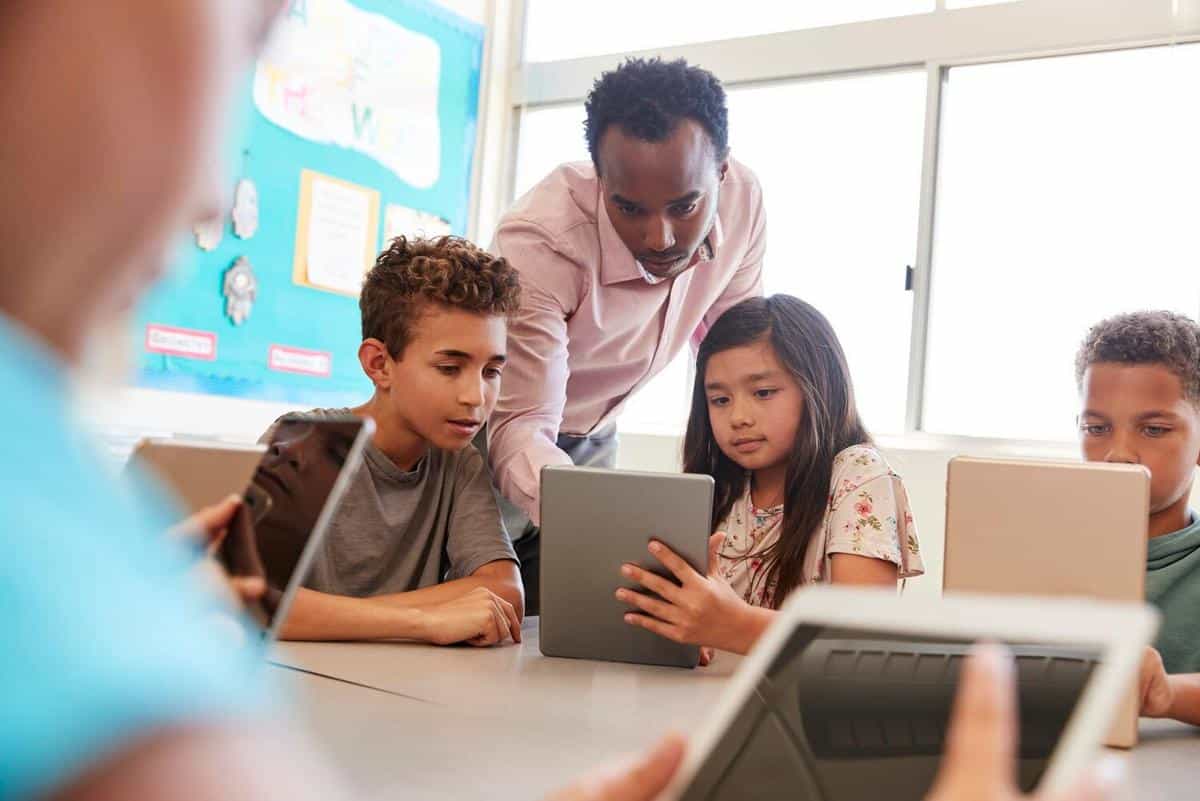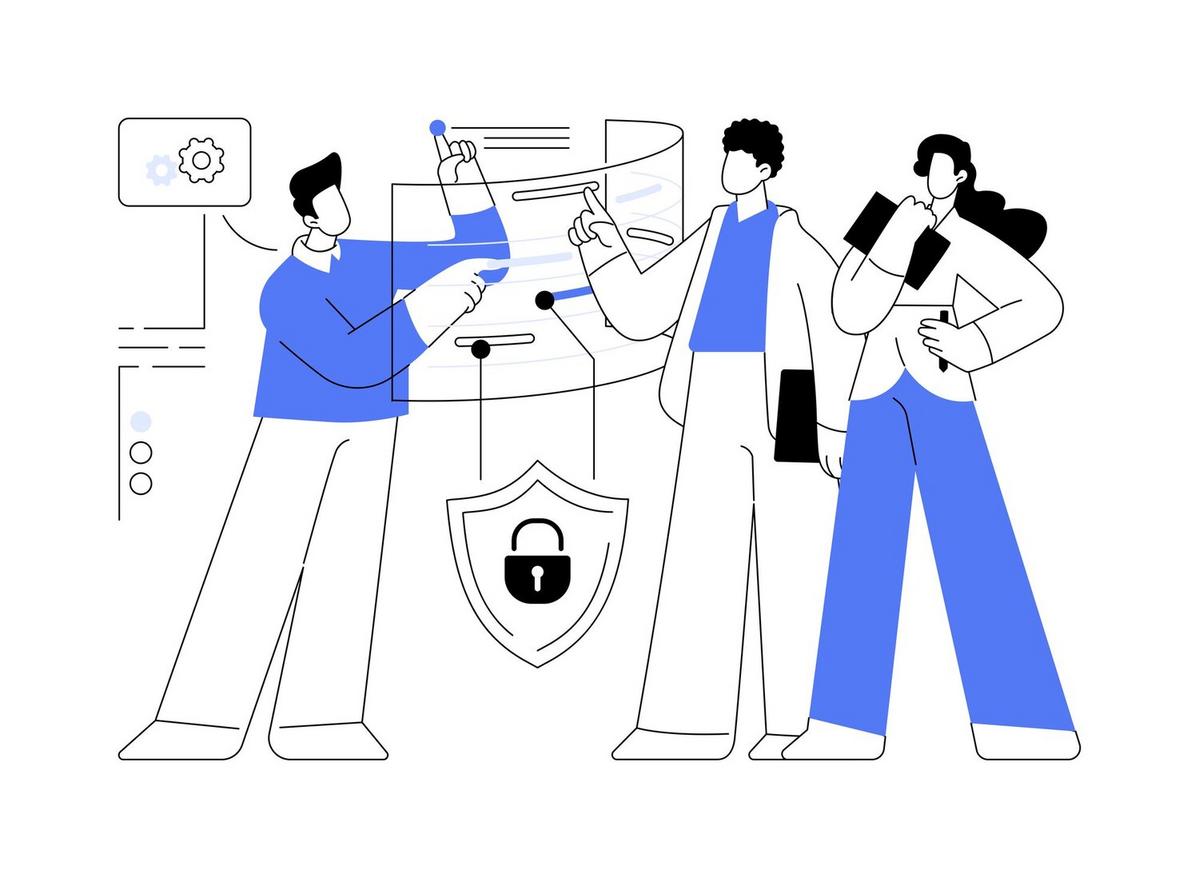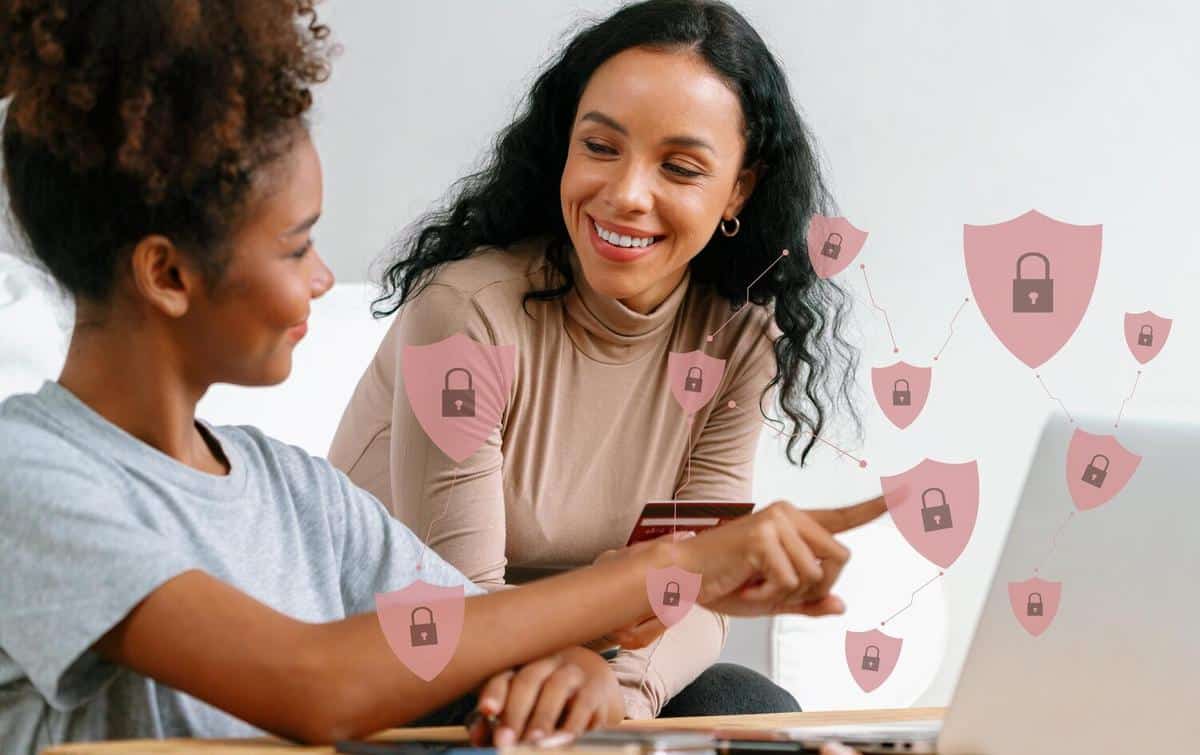
Incorporating Digital Literacy into K-12 Education
As the digital age continues to evolve, embedding digital literacy into K-12 education has become essential to equip students with the skills needed for the future. Understanding how to effectively incorporate digital literacy into curricula can empower the next generation to navigate an increasingly digital world confidently.
Understanding Digital Literacy in K-12 Education
Digital literacy encompasses a range of skills including the ability to use technology, understand digital platforms, and communicate effectively in a digital environment. According to a report by the International Society for Technology in Education, integrating digital literacy in education helps students become more engaged and prepares them for the workforce.
Expert Insights
Dr. Mike Ribble, an authority in digital citizenship, suggests that digital literacy is not just about technical skills but also about teaching students to be responsible and ethical users of technology. He emphasizes the importance of embedding these concepts early in education.
Statistics Highlighting the Need
A study by the Pew Research Center indicates that 92% of teens report going online daily. This statistic underscores the necessity for schools to incorporate digital literacy to ensure students can safely and effectively use the internet.
Real-World Examples
Consider a classroom where students use tablets to collaborate on projects. By integrating digital tools, teachers can foster creativity and critical thinking, demonstrating digital literacy in action. This hands-on approach helps students understand the practical applications of digital skills.
Actionable Tips for Educators
- Incorporate digital tools in lesson plans to enhance learning experiences.
- Provide workshops on digital etiquette and online safety.
- Facilitate project-based learning using digital platforms to encourage collaboration.
Resources for Further Learning
For educators seeking to expand their understanding, websites like Edutopia provide valuable resources on integrating technology in education.
FAQs
Frequently Asked Questions
What is digital literacy?
Digital literacy involves the ability to use digital technology, communication tools, and networks appropriately and effectively.
Why is digital literacy important in K-12 education?
It prepares students for a technology-driven world, enhancing their ability to learn, communicate, and work effectively in the digital age.
How can teachers integrate digital literacy in the classroom?
Teachers can use digital tools, promote online safety, and encourage critical thinking about digital content.
Conclusion
Incorporating digital literacy into K-12 education is not merely an option but a necessity. By equipping students with the skills to navigate digital environments responsibly and effectively, educators can foster a generation ready to thrive in the digital age. Start today by integrating digital literacy in your classroom and unlock the potential for greater student engagement and success.


